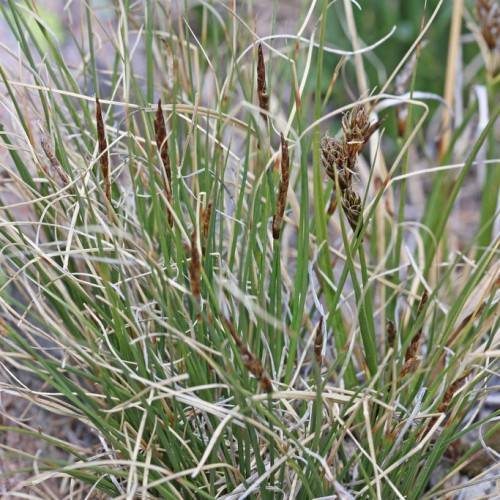
Rock Sedge
Carex rupestris
Also Known As - Curly SedgeWatering:
Minimal
Hardiness Zone:
Flowers:
Flowers
Sun:
Sun
Leaf:
Yes
Growth Rate:
Low
Drought Tolerant:
Yes
Salt Tolerant:
Yes
Care Level:
Easy
watering
Round Sedge (Carex rotundata) should be watered about 2 or 3 times a week if grown outdoors. To ensure the soil remains moist, the plant can be watered in the morning or the evening. As the temperatures warm up in the summer months, it is essential that the soil is kept moist and the plant is watered more regularly to avoid the plant drying out. If grown indoors, the plant should be watered when the soil begins to dry out. In warmer climates, it may need to be watered every 3-4 days, while in cooler climates, it can be watered every 5-6 days. Between waterings, it is essential that the soil is allowed to partially dry out to avoid root rot.
sunlight
Round Sedge plants need a moderate amount of sunlight in order to thrive. During the spring and summer months they should receive 6-8 hours of sunlight per day. During the fall and winter, however, they should only receive around 4-6 hours of sunlight per day. The key to optimal growth is ensuring the plant does not become overly exposed to sunlight, as prolonged direct sunlight can cause burning and wilting on the leaves.
pruning
Round Sedge should be pruned in early spring, before new growth begins, to promote new full growth. Pruning should be done carefully and selectively, taking out any dead, broken, or diseased foliage. If needed, the plant can also be lightly trimmed to encourage a bushier shape. Regular pruning can also help prevent the plant from becoming too leggy or unruly. Pruning should be done sparingly, as too much pruning can damage the plant.
